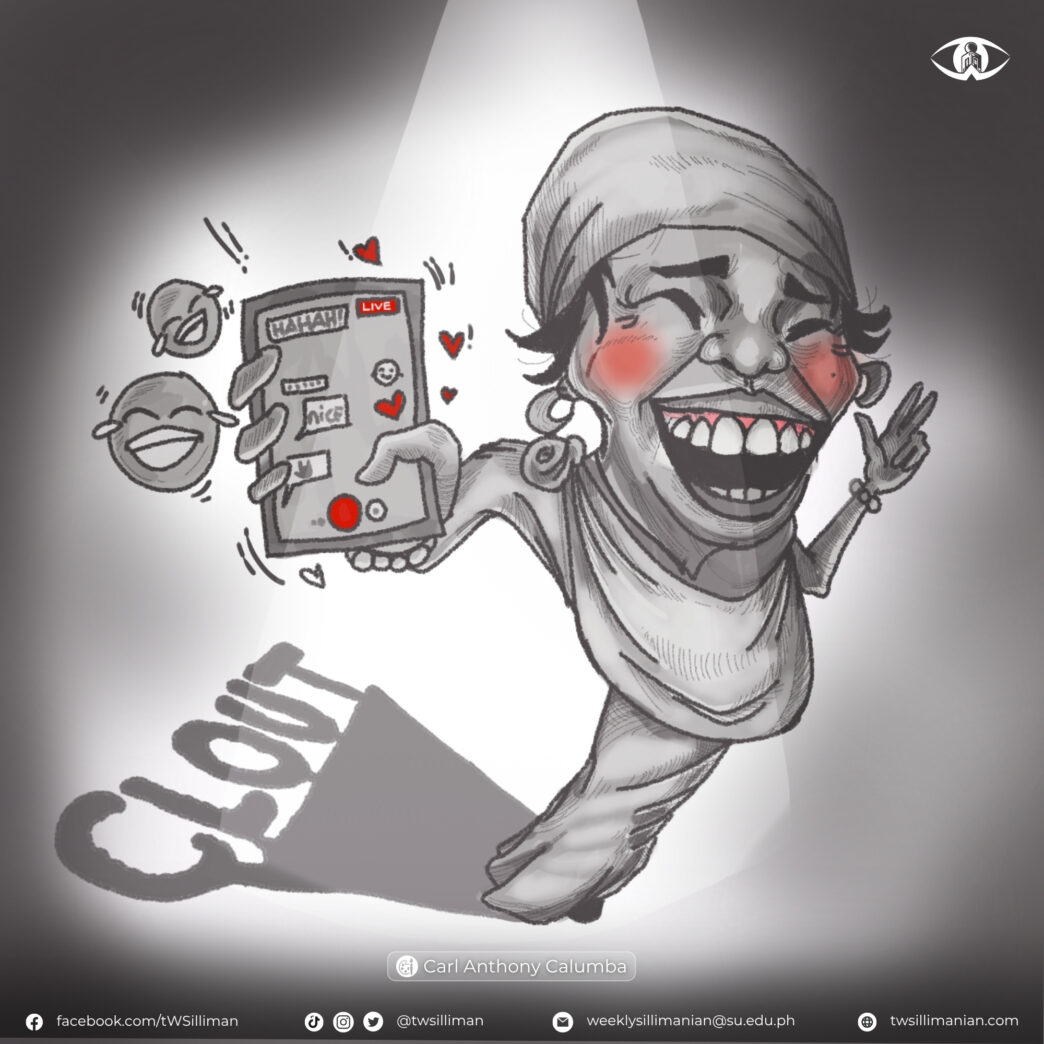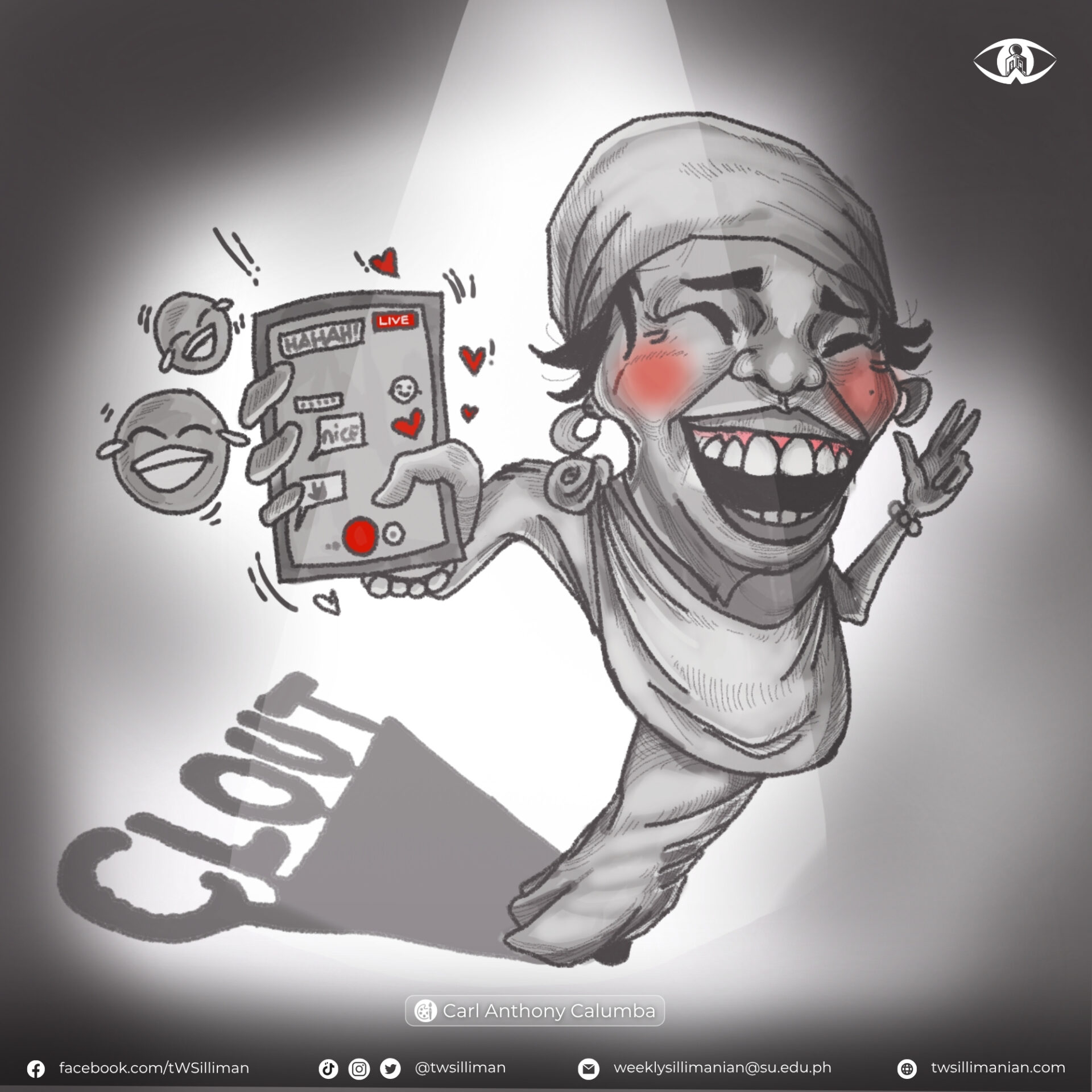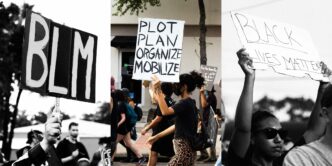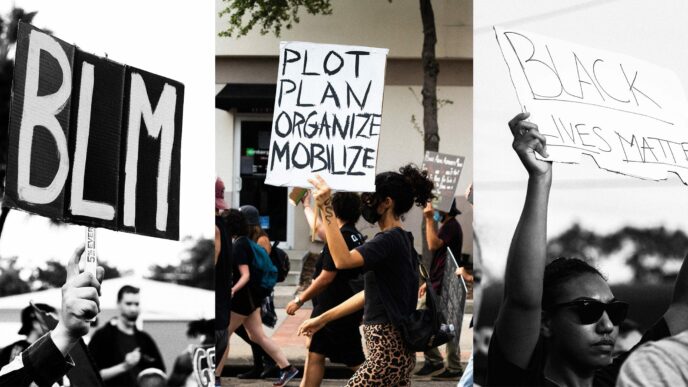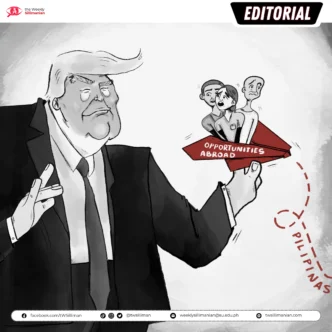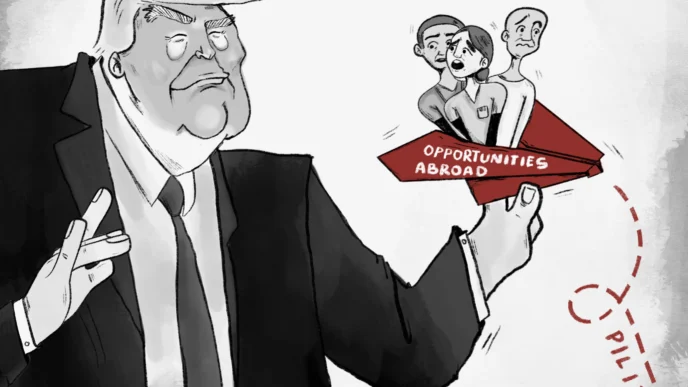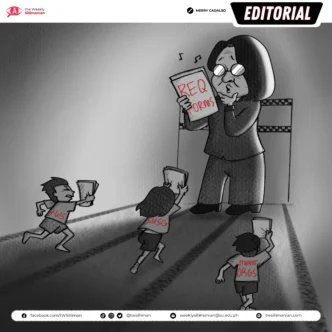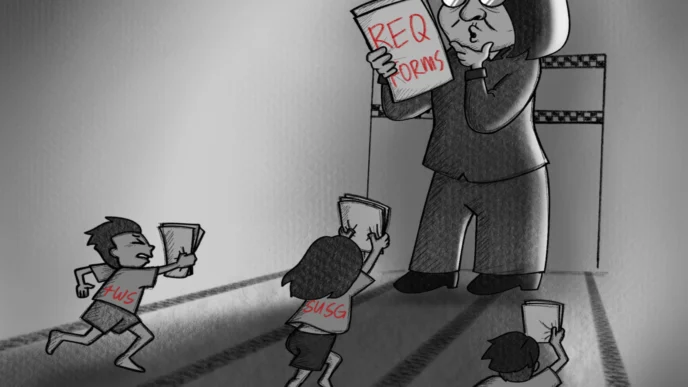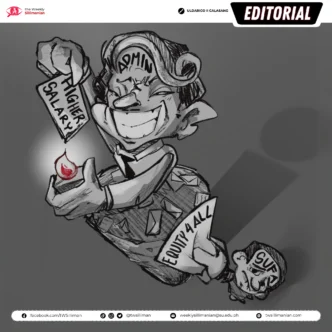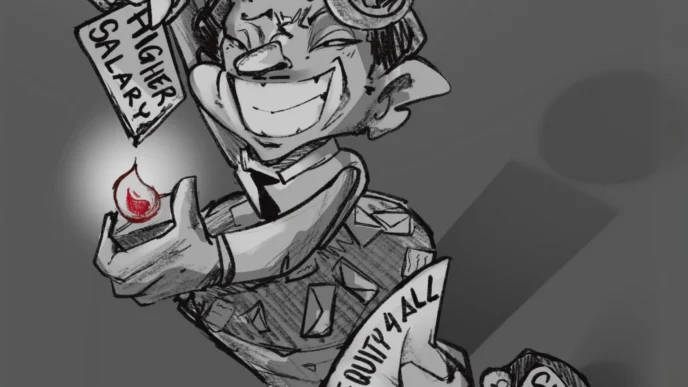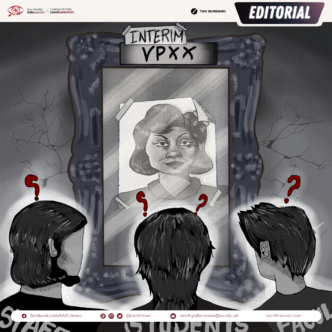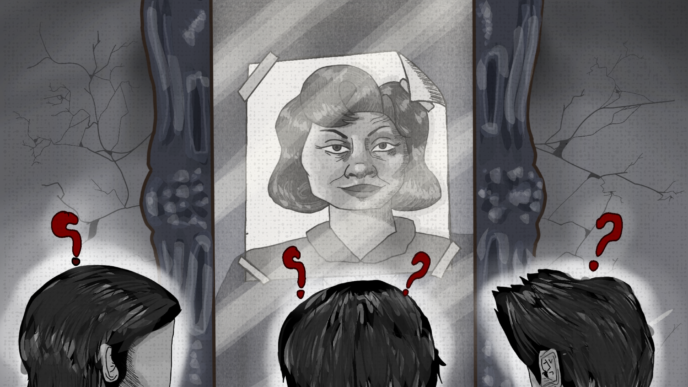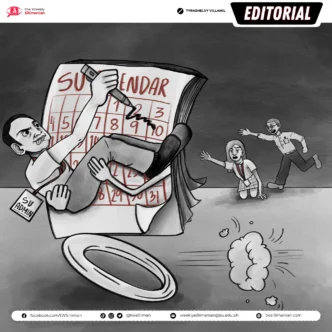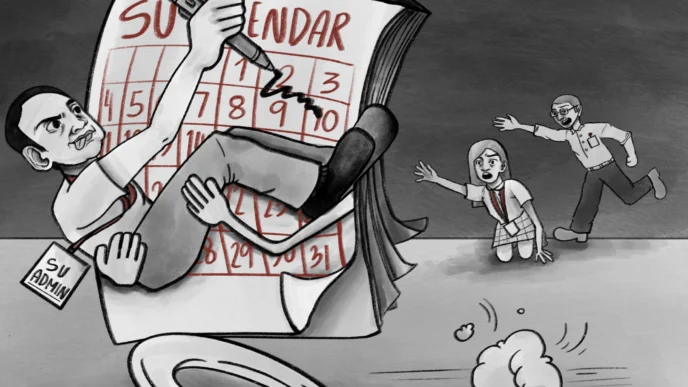A recent trend took over social media showing people in “normal” clothing and then transitioning into a Badjao “outfit”—worn-out clothes, headscarves, carrier wraps for infants, and dirt-stained faces— as they stretch their hands to ask for alms from viewers.
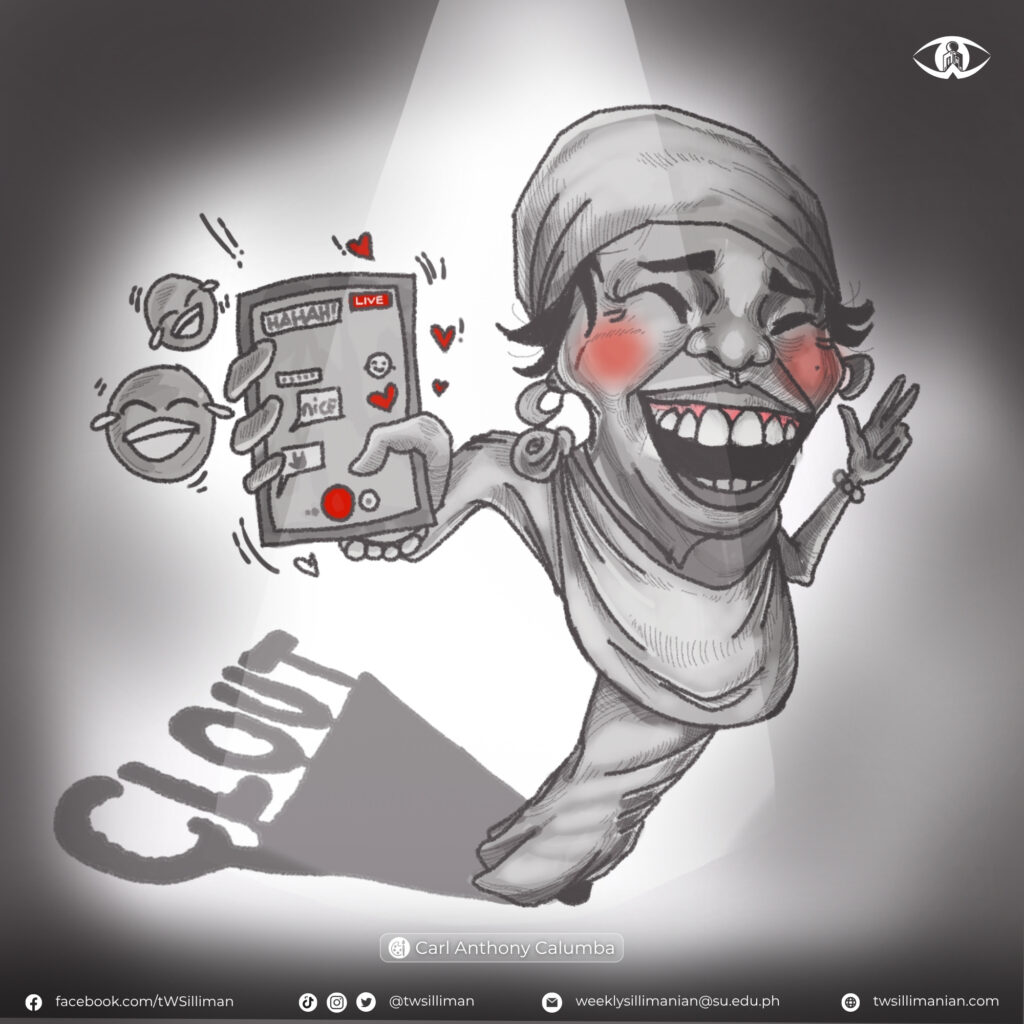
In hindsight, it seems like a harmless “fun” trend however, upon closer examination, it becomes clear that what they are doing is a misguided portrayal of this group of indigenous people (IP), reducing the Badjao people to mere caricatures.
Found all over the country, the Badjaos are often perceived as beggars considered to be “lowest of the low.” They often carry envelopes and newborn children, asking passersby for a few coins. The same picture that the trend paints of them. This socioeconomic standing often subjects them to a systematic and socially reinstated marginalization, intensified by apathy and prejudice that leads to mockery.
In the Philippines, ridiculing minority groups is not a recent issue. The cultures of different IP groups across the country, including their clothing, beliefs, behavior, and physical characteristics, are often looked down upon. However, the discrimination is not always outright but instead is disguised as “Filipino humor.”
Darker skin tone is a source of discrimination, rituals are laughed at, clothing are treated as costumes to promote tourism, and gestures are made fun of through exaggeration. These negative depictions reinforce longstanding biases and discrimination.
This kind of humor is the reason why ethnic groups, among other minorities, remain in a state of social displacement and alienation. Many who have participated in the Badjao outfit trend claim that it is only for comedic purposes, arguing that it is all in good fun and people have become too sensitive. However, humor that relies on stereotypes contributes to a deeper materialization of discrimination towards the group depicted.
Internet users undermine the social impact of this trend, stating that it does not cause as much damage as Badjaos who spit and spew vulgarities towards them when no alms are given. However, this minority group cannot be blamed for their hostility when their current lifestyle is a product of systemic oppression.
The Weekly Sillimanian calls out and condemns the Badjao outfit trend along with other forms of mockery towards minority groups. We urge fellow Filipinos to reject this form of humor by engaging in discussions that aim to inform people on why this trend promotes discrimination, and simply refuse to laugh.
Trends made for the sake of comedy are fine as long as it does not discriminate against others. There is often a fine line between humour and mockery, and when it is concerning minorities, the road must be treaded carefully.
When ethnic minorities are made into caricatures to be laughed at, their inherent dignity is removed and they are treated as less than their fellow Filipinos. Their culture is not a costume nor should it be a source of comedy.

